How to Paint Landscapes, for Beginners
If you want to learn how to paint landscapes, you may wonder which is more important: details or design?
The answer to this question is design, but this doesn’t mean that the details aren’t important also. Details can go a long way in creating interest and charm in a work of art. There is really no right or wrong answer, but the number of details can certainly be overdone, and their relevance to a design can make or break a painting’s success. Paintings that have this problem are easy to spot, if one has an eye for design!
It’s not difficult to cross the line into the land of “too much detail” when you’re learning how to paint landscapes, especially when those extras do nothing to enhance the overall work. Think of it this way: The details of a scene are really part of the design, so pitting these two against each other is not wise in the first place.
The reason that this was even brought up is because I have often been asked about it during painting demonstrations. The scenario usually goes something like this: I may be talking about the overall design relationships of a painting spot, and someone says, “Yeah, but what about the details?” This is usually an indicator to me that the person asking the question doesn’t understand what really makes a painting work and is more concerned with the scene’s surface allurements.
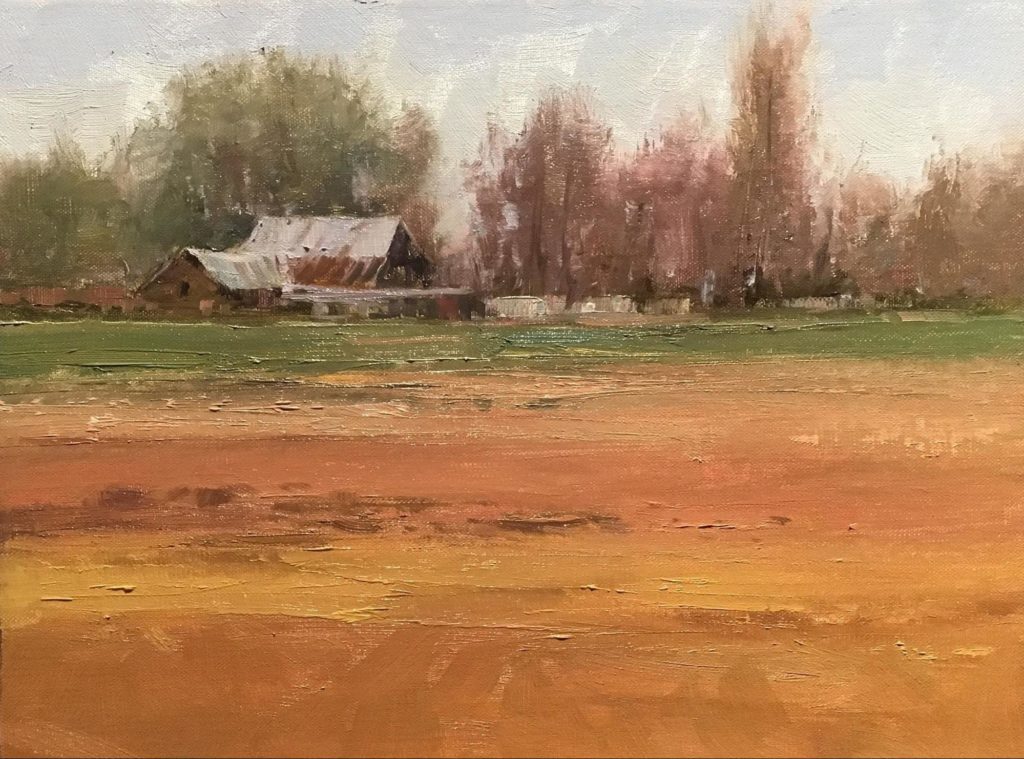
By saying this I’m not attempting to slight people who ask the question. I understand where they are coming from, and knowing what concerns them helps me to be more effective as I instruct classes and workshops. The question actually turns out to be a good opener for a broader discussion on the underlying relationships of a painting, and how they are more important than details, especially in the beginning stages of the painting.
I will usually explain that details have a different level of importance to different people, whether they be artists or collectors. Some artists will opt for a lot of detail, while others will minimize them to practically none at all. The important thing is that they have a reason for being in the painting. Objects of all kinds may occupy the places you chose to paint, but does that mean they all should all be included in your paintings?
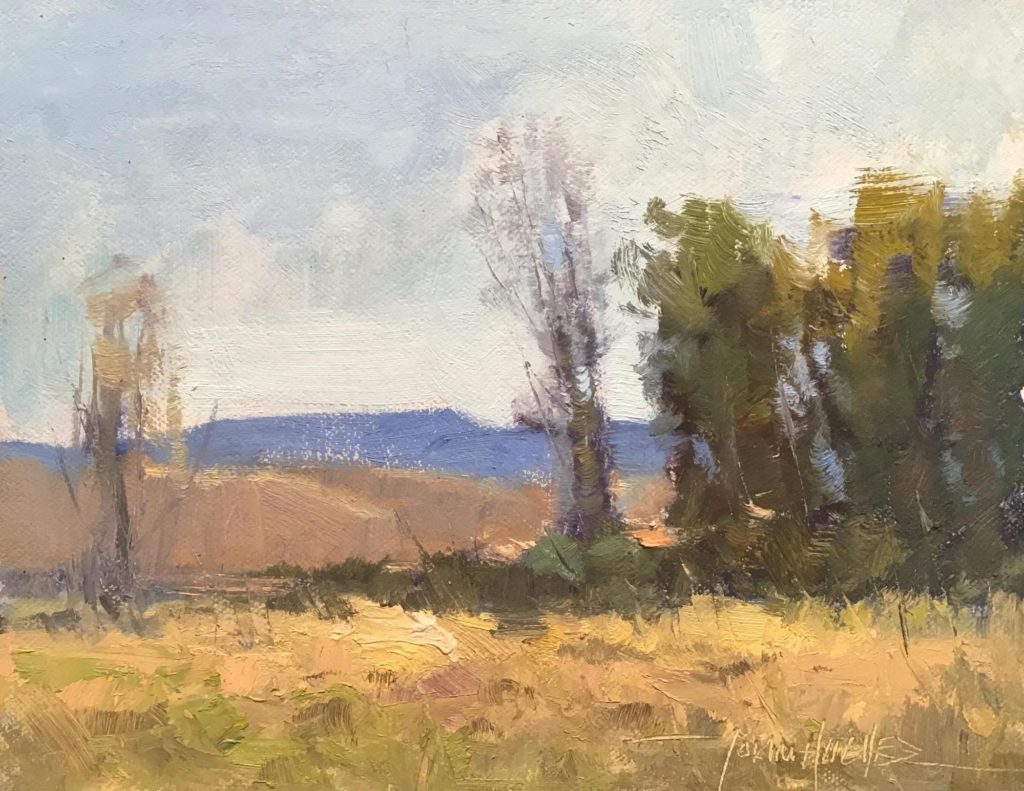
As the old saying goes: “The devil is in the details!” And in the case of landscape painting, they can occupy too much of a painter’s focus. The flip side is that they may occupy not enough attention . . . it’s really a kind of balancing act! Knowing when to stop before putting too much in is a real skill, and finding that “sweet spot” is something all artists should aim for.
Over-focusing on details can be an impediment, especially for beginners, when it gets in their way of seeing the real design. It’s easy to become seduced by the enhancement of a view, to the detriment of a simplified design. For this reason, it would be wise to forget about the details at first, and concentrate on arranging the motif through interesting patterns of lights, mid-tones, and darks, before getting too far into the weeds! By doing this, the details can selectively be integrated into the design without there being any confusion as to which is more important. An easy way to remember this is (SDSD), which stands for Simplified Design, Selective Details.
The order of these two principles is instructive as well. When you first arrive on the site of your next painting, if you keep this in mind you will be able to concentrate your efforts on the important things first. When you do get to the details, you will be much more in tune with how much is too much, and how much is too little! This is because you will be thinking about the all-important abstract design right from the start.
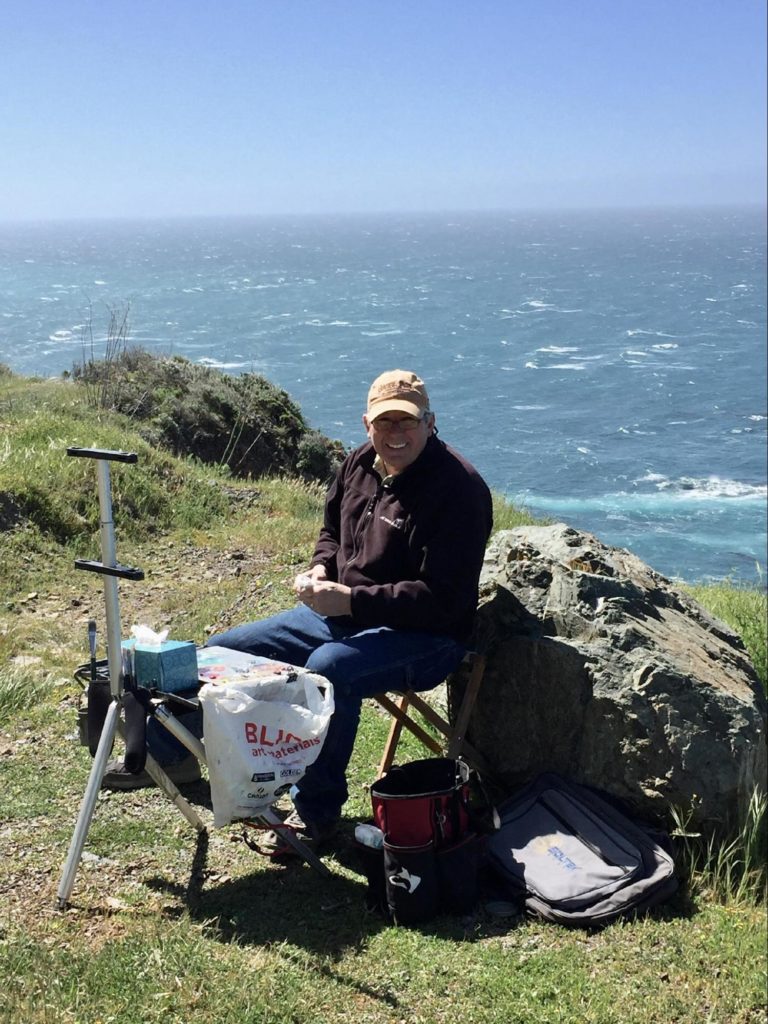
It has been said that painting a canvas is a lot like building a house: First comes the foundation, then the framing, plumbing, electrical, and drywall, before any of the finish such as cabinets, molding, paint, and carpeting are installed. The reason for this is obvious, but what are the first things a potential buyer usually sees and becomes smitten by? Right, the last items on the list!
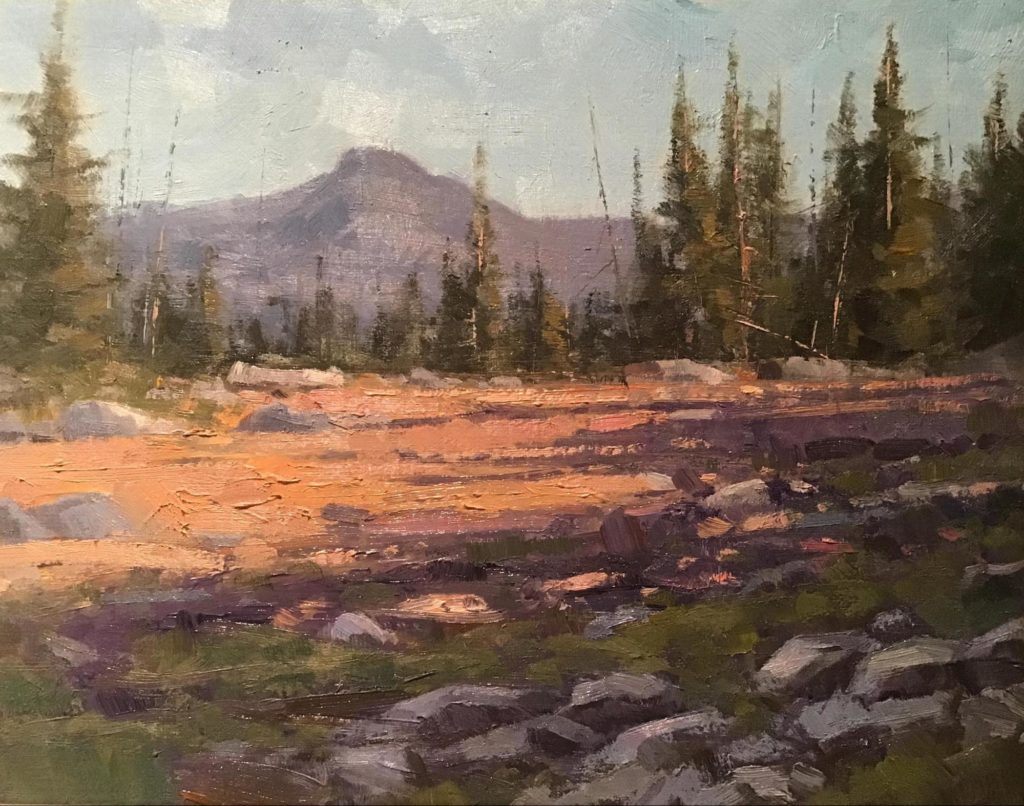
Painters, in this sense, are often just like home buyers. Sometimes they can get derailed by the details of nature, before the possibilities of design enter their mind!
So keep the order of importance in focus right from the start (SDSD), and you will be in a good position to execute effective landscapes. This will help you build on a firm foundation of value patterns that work together to form a more interesting whole. Thinking big first, before working your way into the finishing touches, will be more rewarding and more effective!
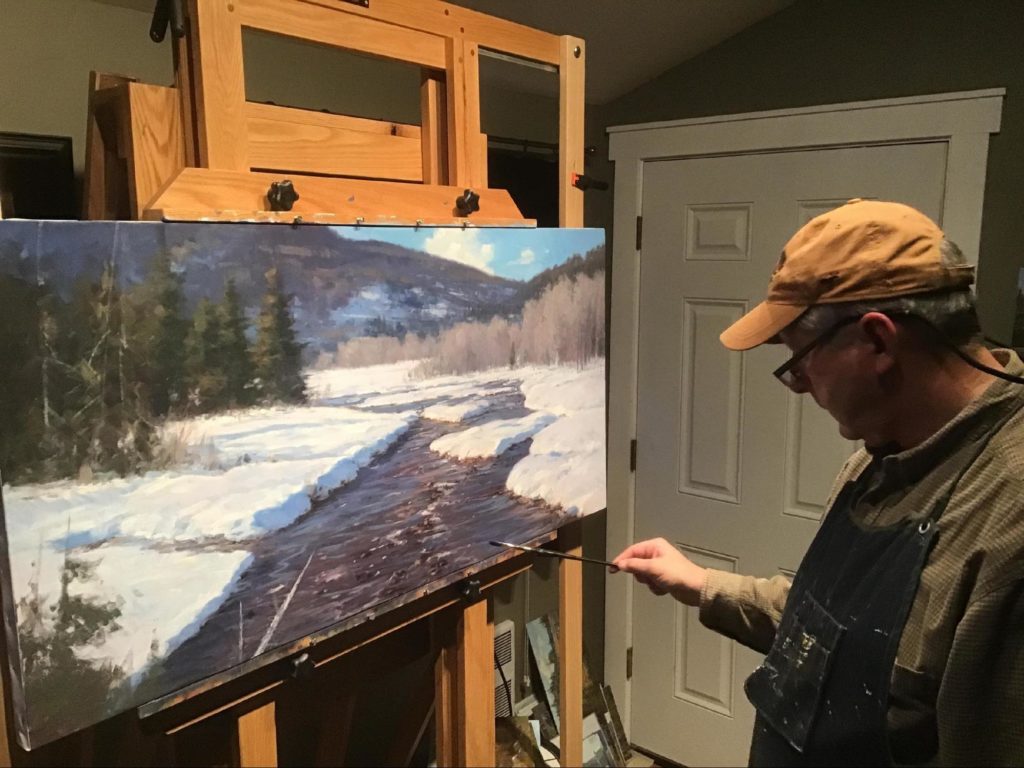
Like this? Click here to subscribe to PleinAir Today,
from the publishers of PleinAir Magazine.

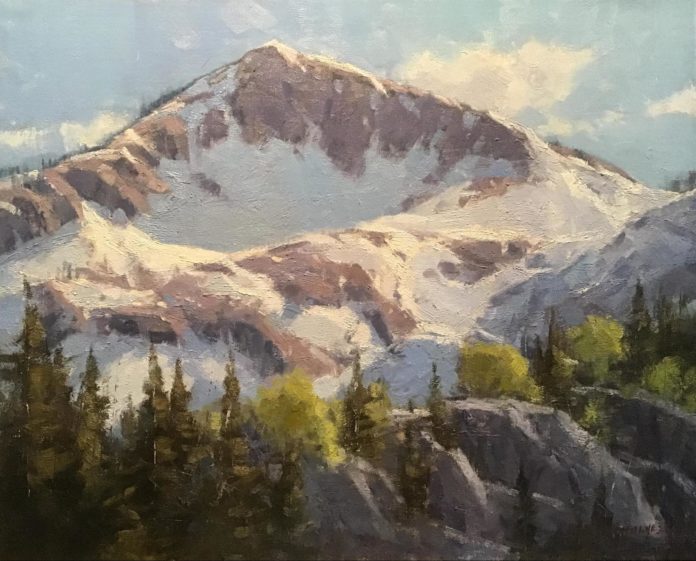



Wow, John–you totally nailed it! I spent over half a century as a graphic designer, and those fundamental design principles were the core of what I did and what created effective, pleasing work. As I progress as a painter, I”m learning more and more that those same principles apply when you set out to compose a successful painting (and why wouldn’t they?). You continue to confirm and expound on what I instinctively feel is needed in my own work as a painter now, but I can’t articulate nearly as well as you have done in this, and your many other articles. It’s funny how I was able to effectively do what I did as a designer, but it seems to be so elusive now that I’m painting landscapes. It truly is a balancing act. Thanks for your insight, your perceptiveness, and your willingness to teach!
Thank you Gunther! It really pleases me to know that artists are getting useful information from these articles and hopefully my upcoming book as well. Your work is very impressive and you are growing by leaps and bounds! We’re all trying to improve and there is no end to that, otherwise we would grow bored with what we’re doing. Keep up the good work and thanks for commenting!